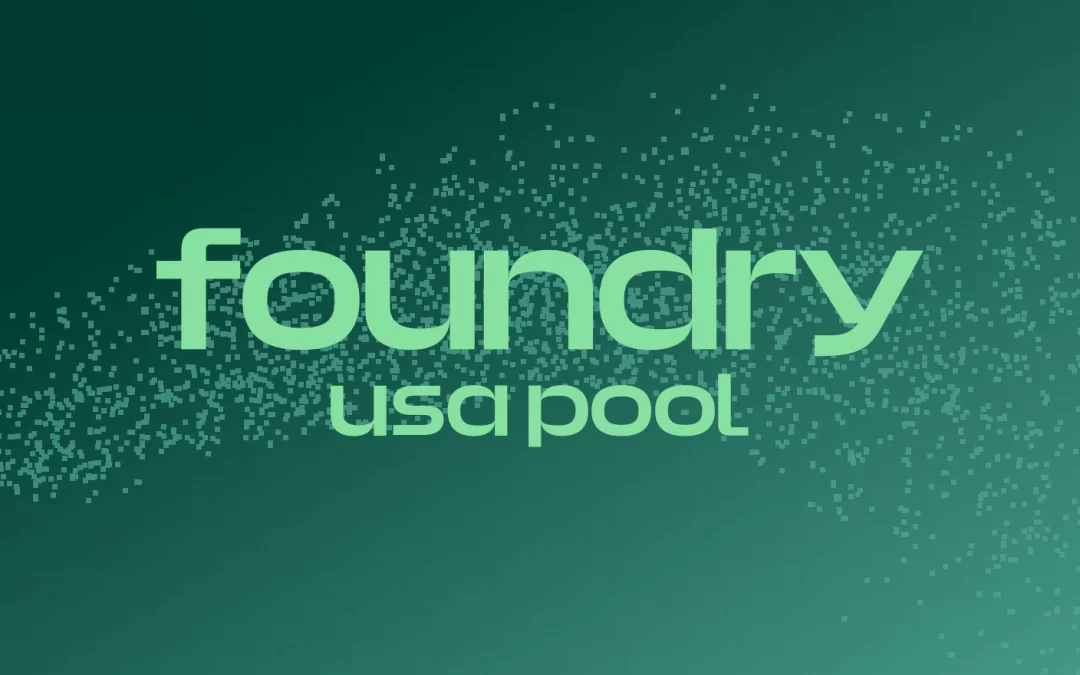Beijing has been playing around with the notion of cryptocurrencies and blockchain for more than a decade. While the Chinese government never embraced digital currency, its opposition to the new asset class has often remained theoretical and not performative, as the infamous 2017 crypto trading ban demonstrated. As recently as March 20, the People’s Republic of China accounted for more than 70% of bitcoin mining worldwide, according to industry estimates. Soon after, though, that rate began to nosedive as the ruling party started to take action against local cryptocurrency mining farms.
In order “to further fend off financial risks and forestall speculation in virtual currency businesses,” the Chinese State Council announced, “bitcoin mining and trading-related activities will be cracked down upon.”
That led to province after province shutting down mining operations, chipping away at the Bitcoin hashrate as the government attacked the “hype of virtual currency transactions from the root.”
Within a few weeks, three metric tons of mining hardware was being airlifted from Guangzhou to Maryland. That pales in comparison, however, to the 80 metric tons of mining machines that were likely still mothballed in China. One estimate is that a quarter of that capacity is likely to end up in North America. That might prove to be a low estimate.
After all, planes fly in all directions, and Kazakhstan, Russia, Iran and Malaysia all have mining infrastructure and are located in much closer proximity However, while their capacity is growing as a result of China’s actions, the United States seems to be a clear winner in this post-crackdown race; according to the Cambridge Centre for Alternative Finance, the U.S.’s share of the global hashrate has quadrupled to 16.8% since the same time last year, making it the main successor to China in terms of cryptocurrency mining
So why are miners choosing North America over other regions? First, the U.S. and Canada offer top-grade power infrastructure and regulatory stability, which are essential for bitcoin mining. Beyond that, these wealthy Western democracies provide an entrepreneurial culture, an educated workforce and the rule of law, among other factors for business growth that separate the U.S. and Canada from the next tier of crypto mining countries.
Rising to the challenge
Of course, moving a mining operation from one continent to another is not as simple as finding the right adapters for the machines’ power cords. The infrastructure needs to be in place, and it’s not just a matter of what data center people call “power, pipe and ping.” Although it certainly starts with adequate energy, connectivity and internet access, it also requires:
- Enterprise-level services that not only introduce institutions to the still-growing mining industry, but offer enough support to take root
- Adequate levels of trust and transparency required for all well-capitalized players in any established industry
- Experts who bring years of industry experience and are already engaged in growing the industry for everybody
An operator that ticks all of those boxes is Foundry which, with Digital Currency Group as a parent, has the wherewithal to offer both the operational and financial infrastructure to take the lead as mining moves from Asia to North America. (Digital Currency Group is also CoinDesk’s parent company.)
Taking the lead
To strengthen Bitcoin through geographic decentralization of its mining network – the infrastructure that forms the coin’s backbone – Foundry launched Foundry USA Pool in February 2021. The pool serves as a strong, U.S.-based alternative to the China-dominated mining pool industry.
“Foundry USA Pool not only provides some of the most competitive payouts in the industry but also furthers the cause of decentralizing Bitcoin,” said Darin Feinstein, co-founder and co-chairman of Texas-based bitcoin mining company Core Scientific. “Mining on it was an obvious choice for us.”
Foundry USA Pool provides its clients with some of the most competitive payouts in the industry, along with institutional-level standards of transparency and services that fully meet institutions’ requirements. Backed with financial support from DCG, Foundry USA Pool is the first North American cryptocurrency mining pool to pay its users through the Full-Pay-Per-Share (“FPPS”) payout method without relying on an external party.
“We are pleased to be one of the earliest institutional digital asset miners on the Foundry USA Pool,” said Jaime Leverton, CEO of Nasdaq- and TSX-listed Hut8 Mining Corp. “Foundry USA Pool meets our high standards with respect to reporting and compliance while providing industry-leading FPPS payouts.”
Foundry chose the FPPS payout method to guarantee stable, risk-free payouts to participants of Foundry USA Pool. There are more than 15 payout methods used by mining pools, with Pay-Per-Share (“PPS”) and FPPS being the most popular options. While PPS offers instant payout to each participant for each block reward received by the pool, that leaves a lot to luck. “Luck” here is a technical term, referring to how pools can go on hot or cold streaks over the short term. FPPS, on the other hand, pays out for the expected block reward. FPPS can be seen as not only a way of sharing in the pool’s revenues, but also as an insurance policy hedging against dry spells.
“We started Foundry USA Pool to continue decentralizing and strengthening the bitcoin network – something that we started with our equipment financing business,” said Juri Bulovic, VP of Strategy at Foundry. “Foundry financed over half of the latest-generation bitcoin mining machines that were imported into North America in 2020. Now that the physical hardware was already here, we set out to geographically decentralize the network at the pool level.”














